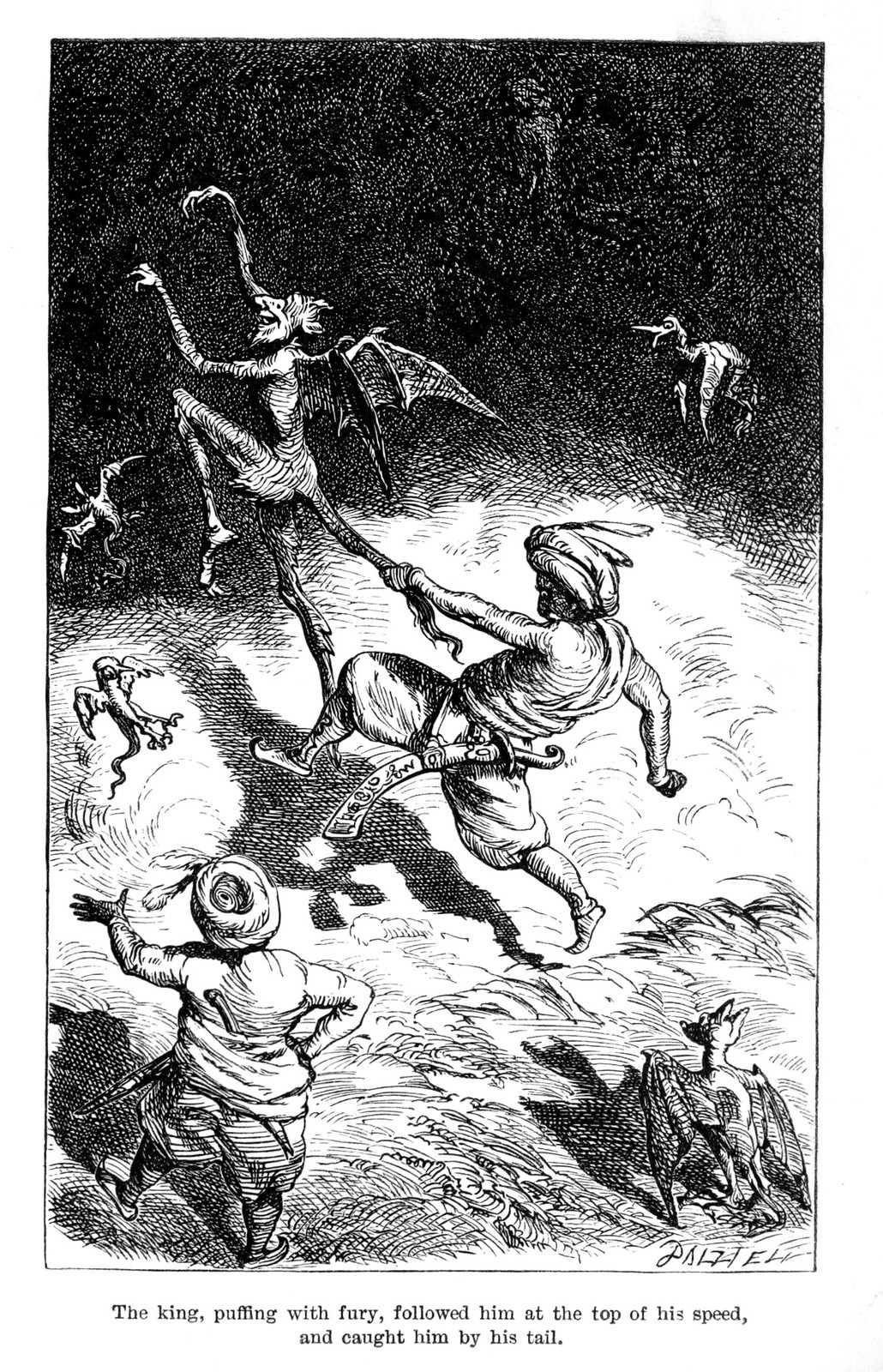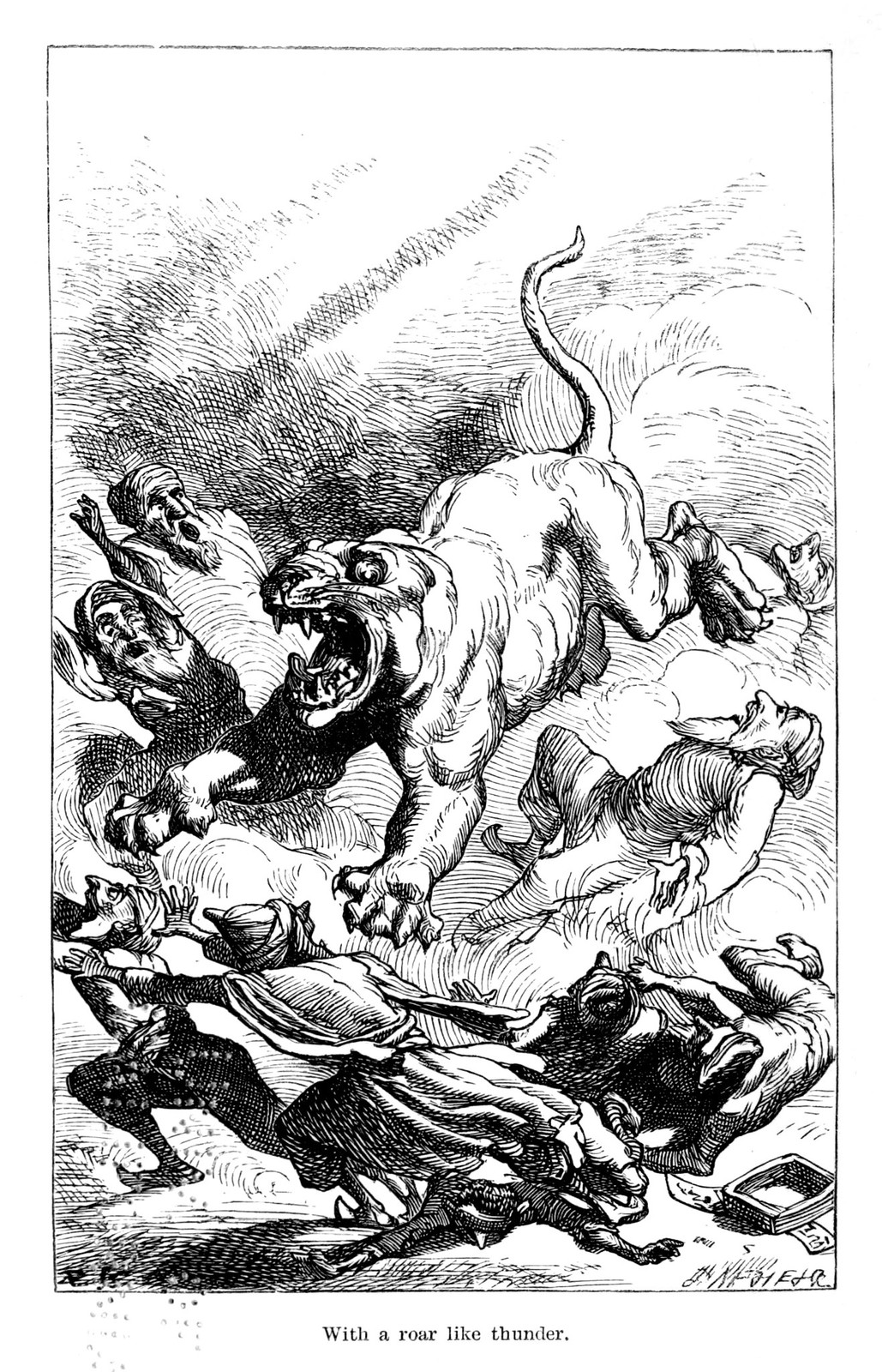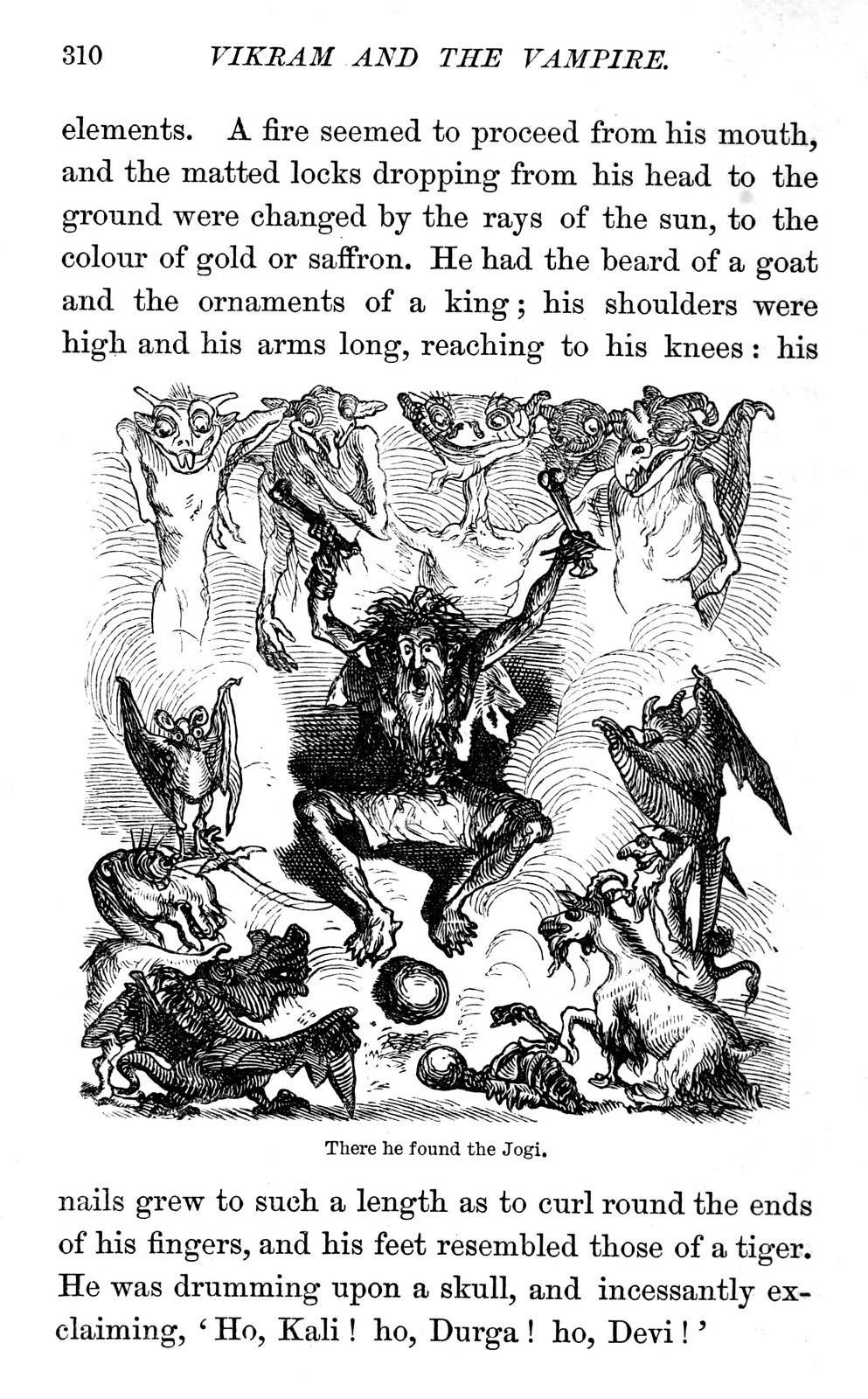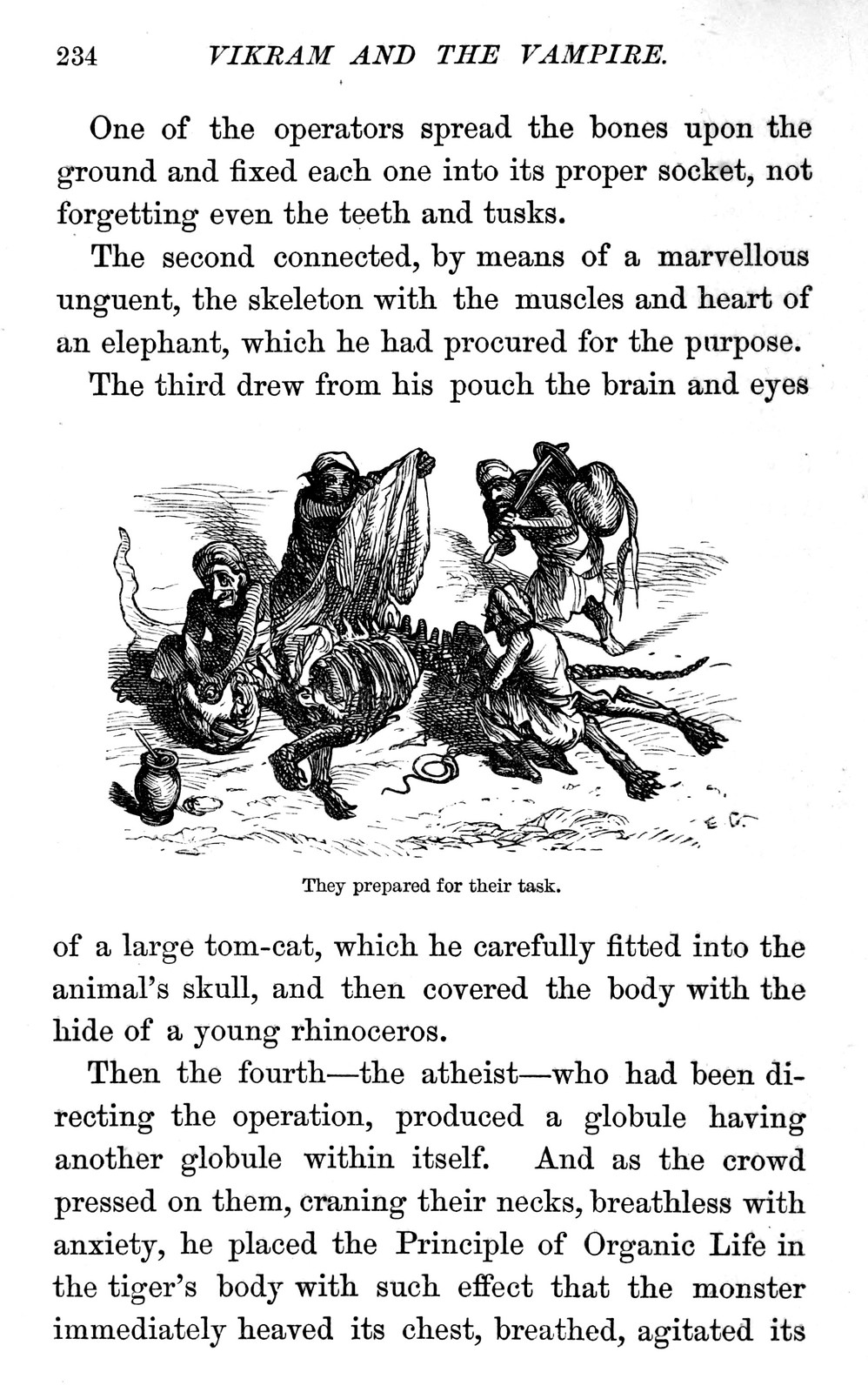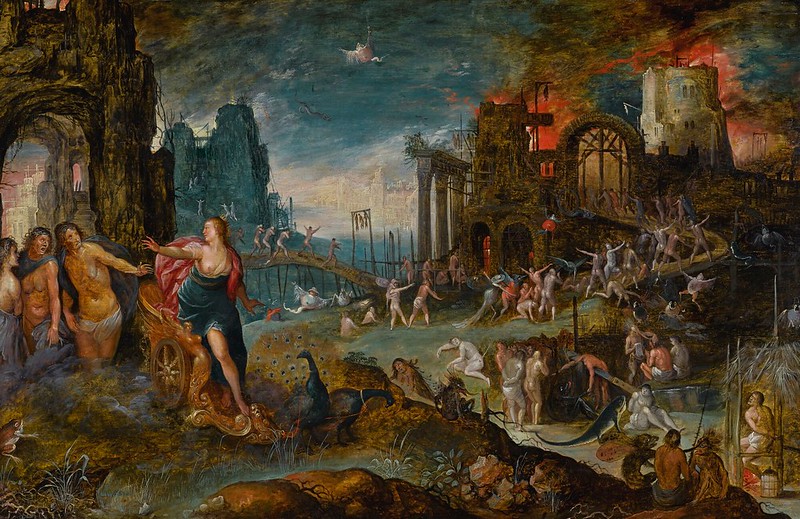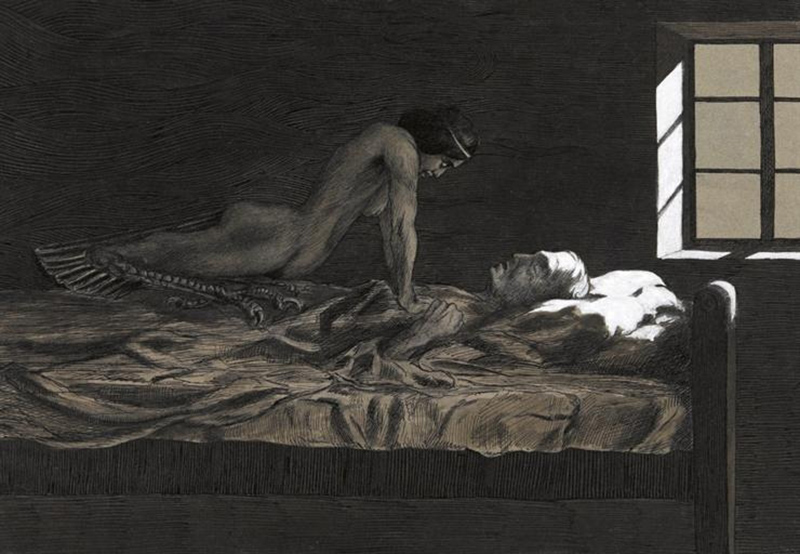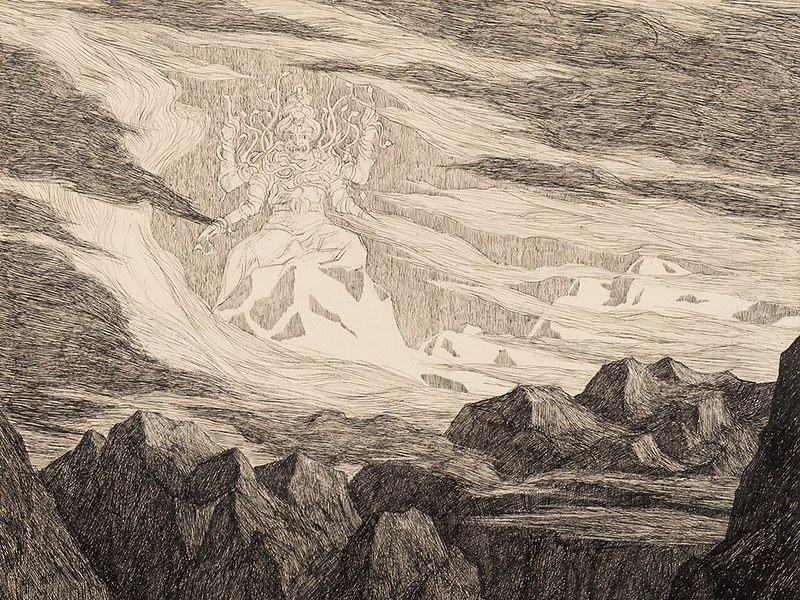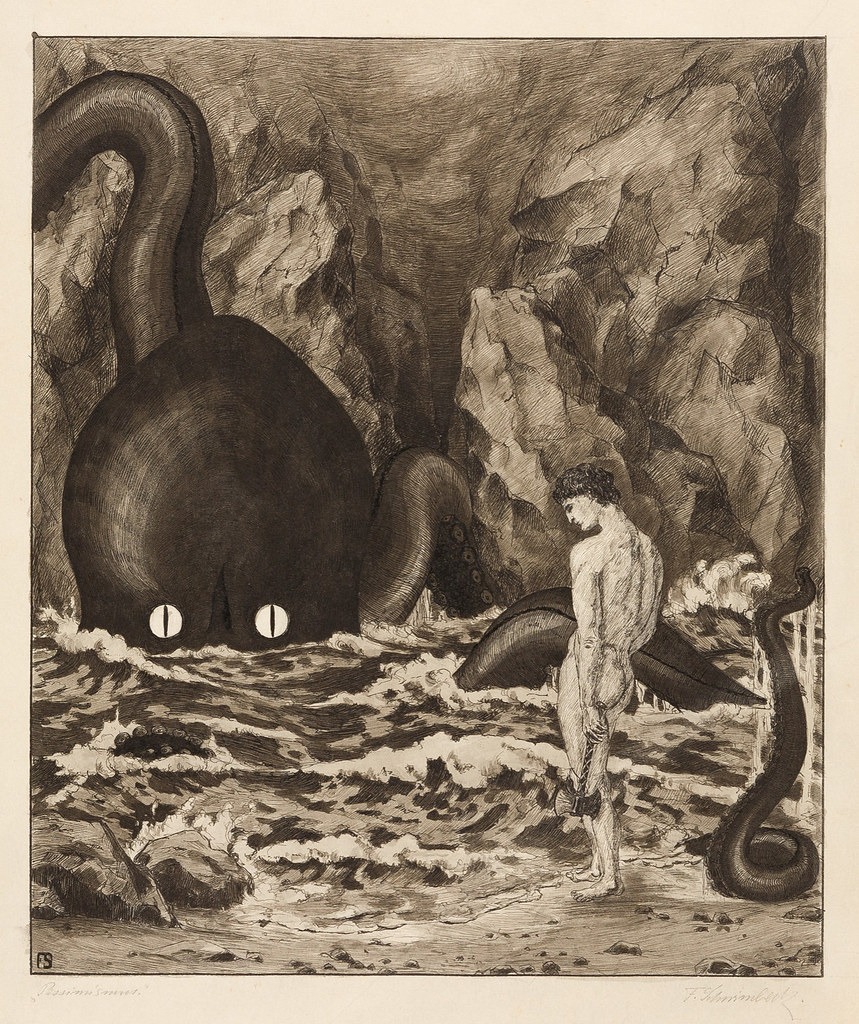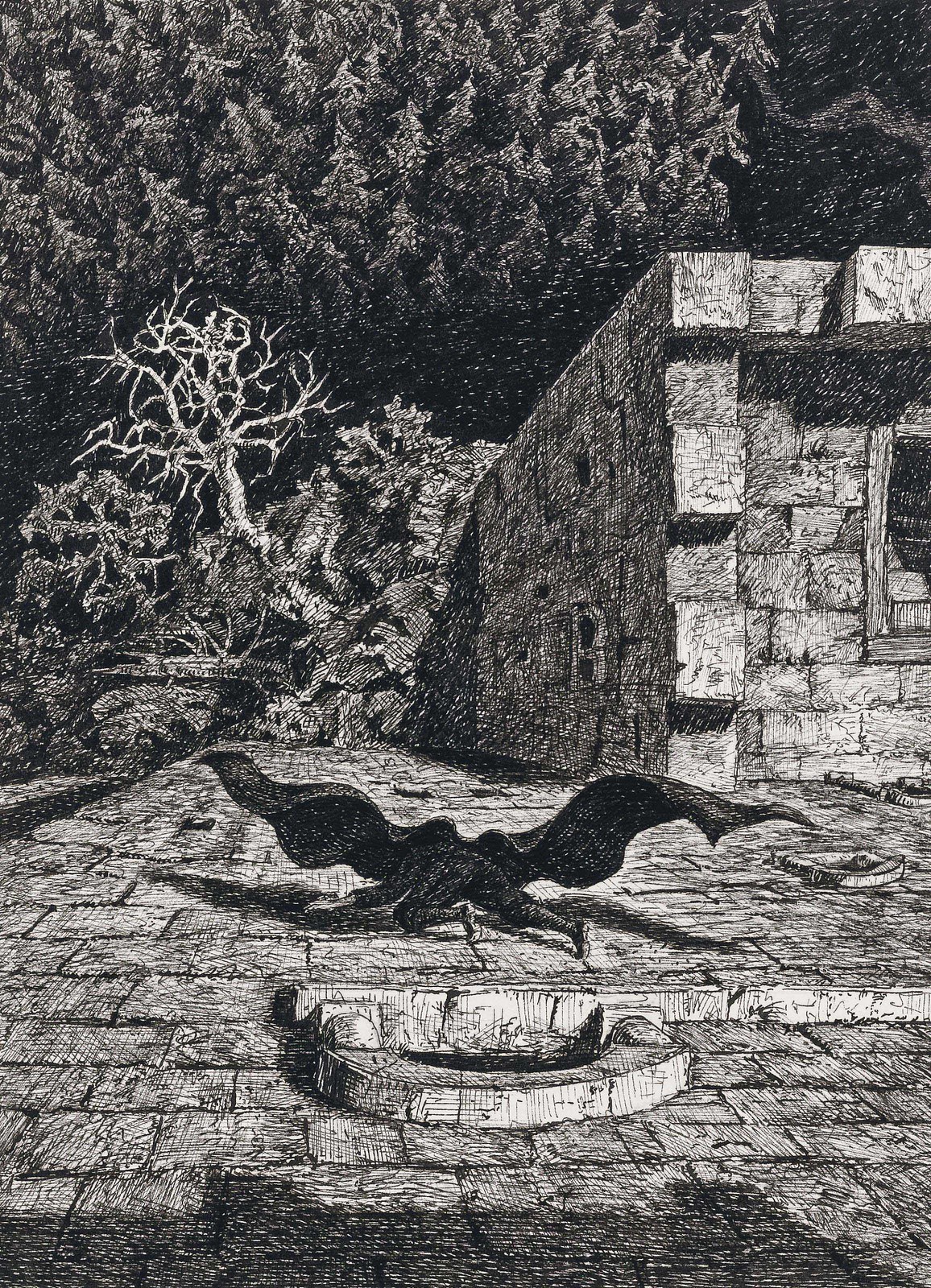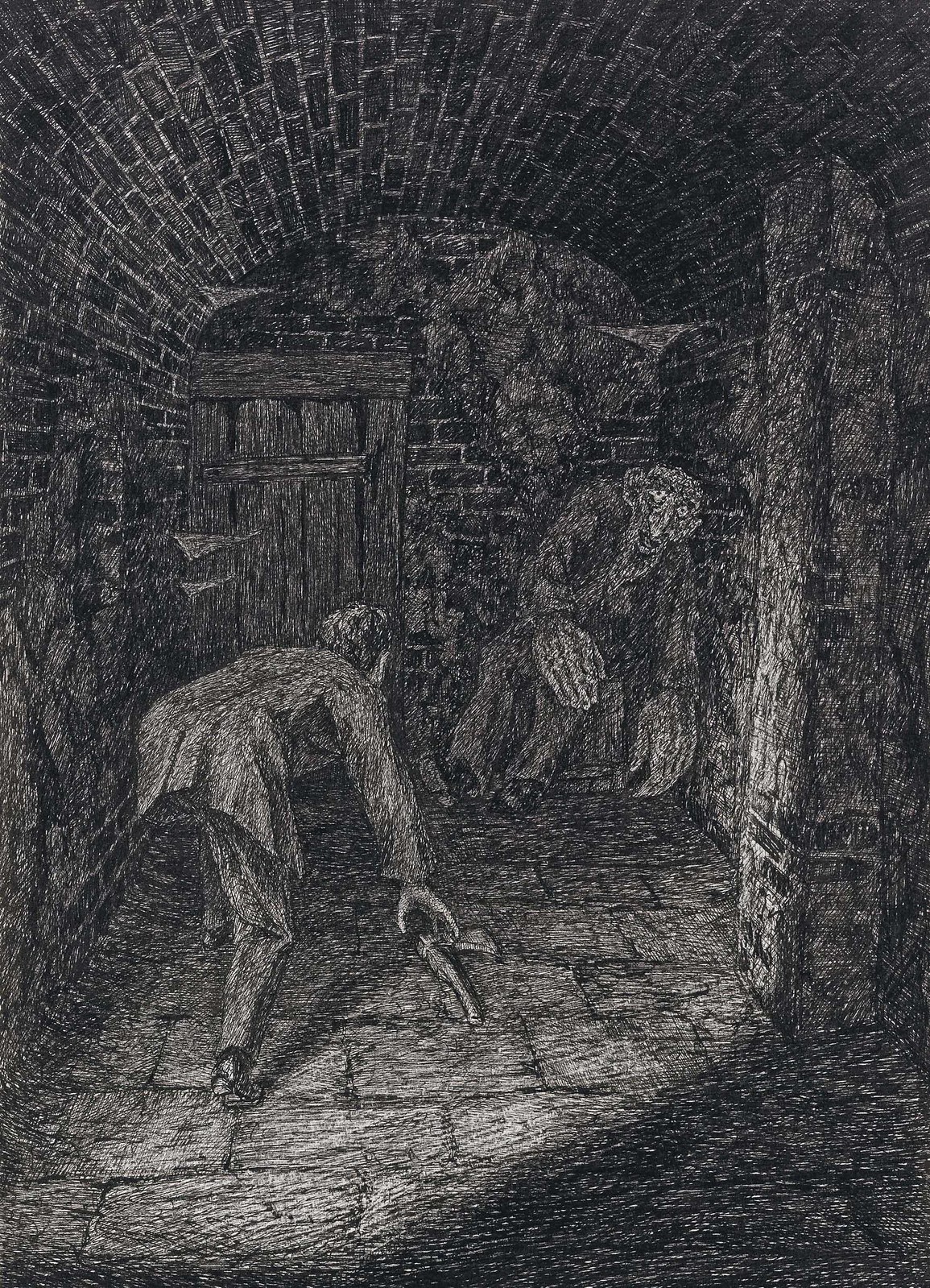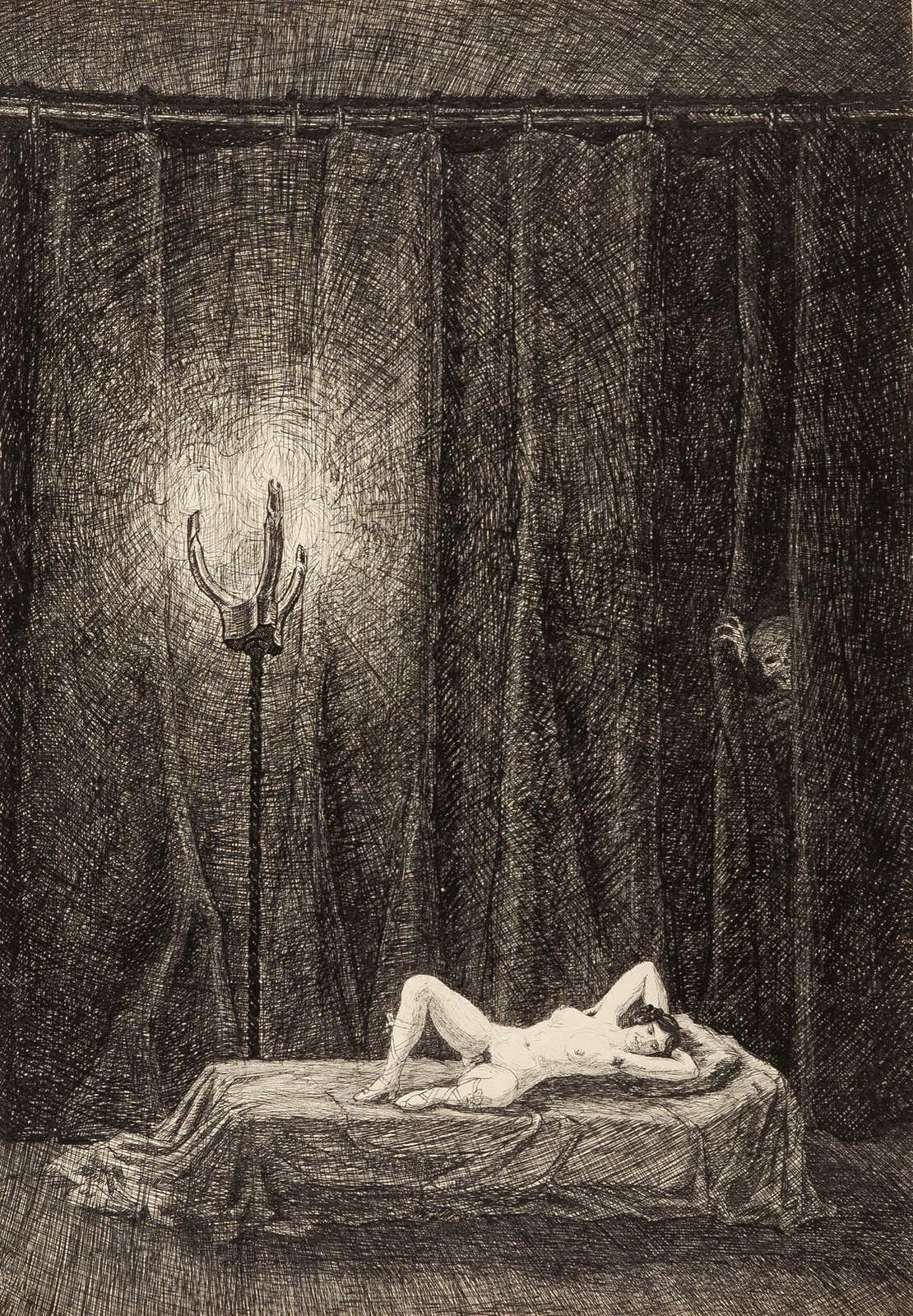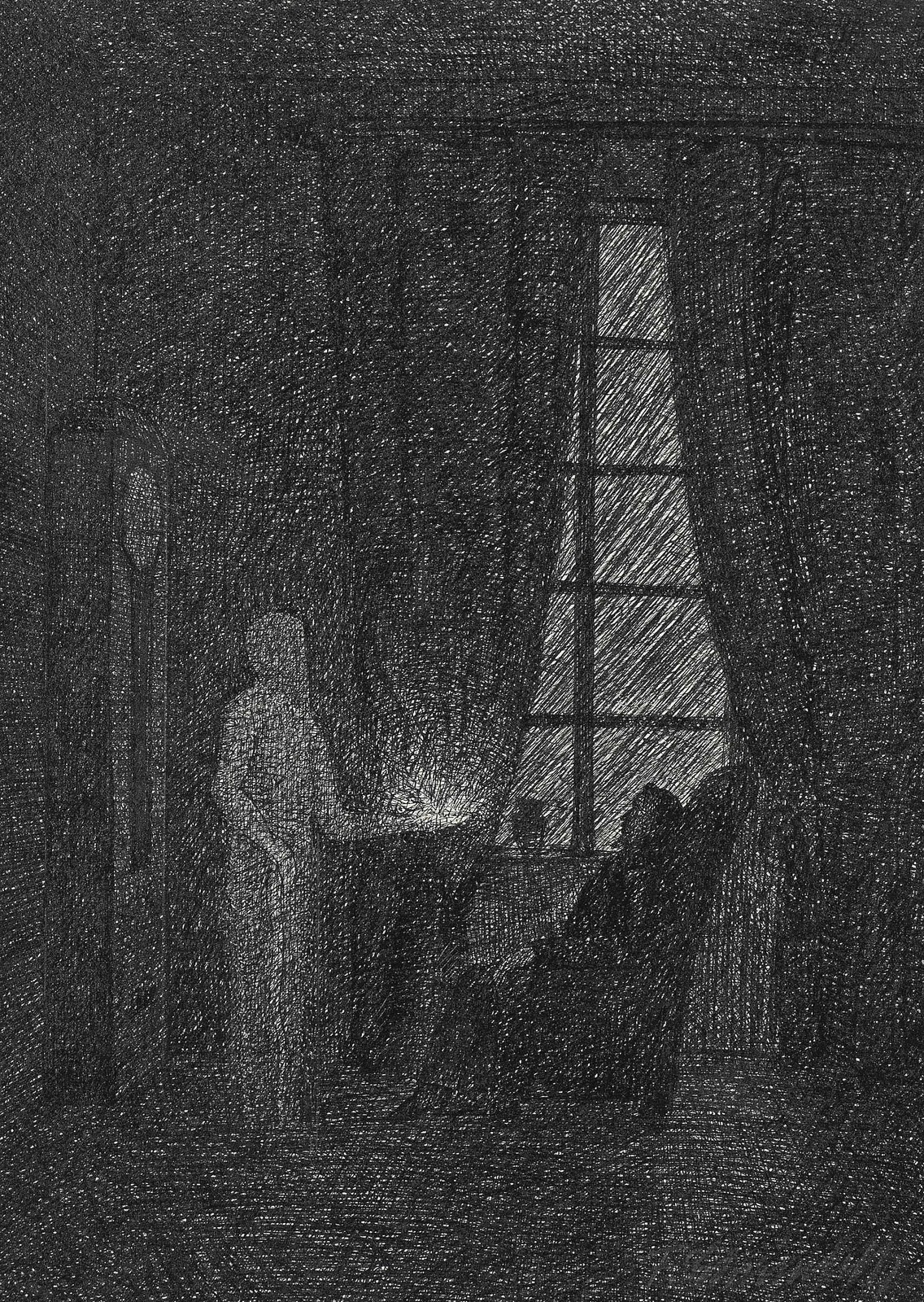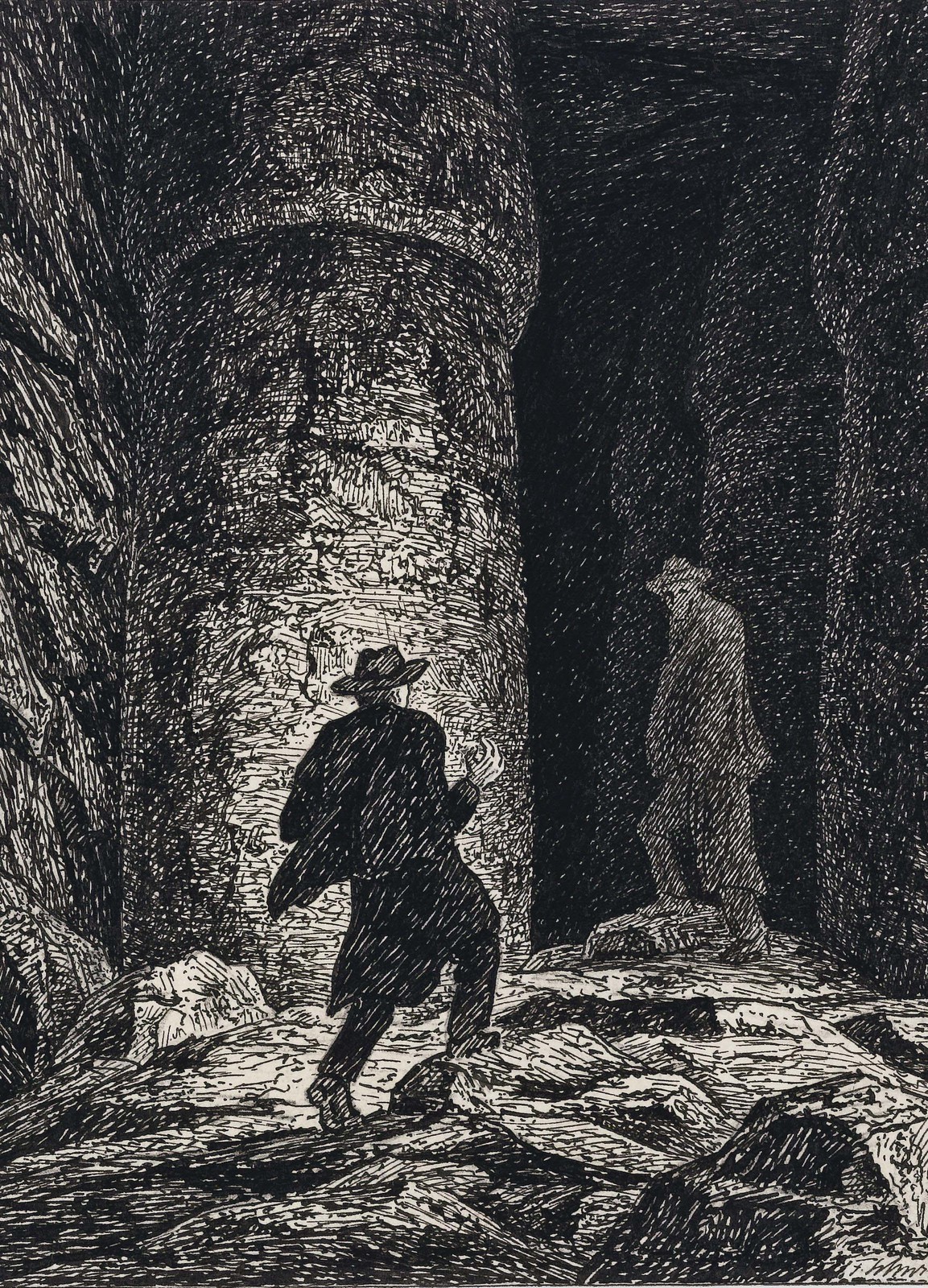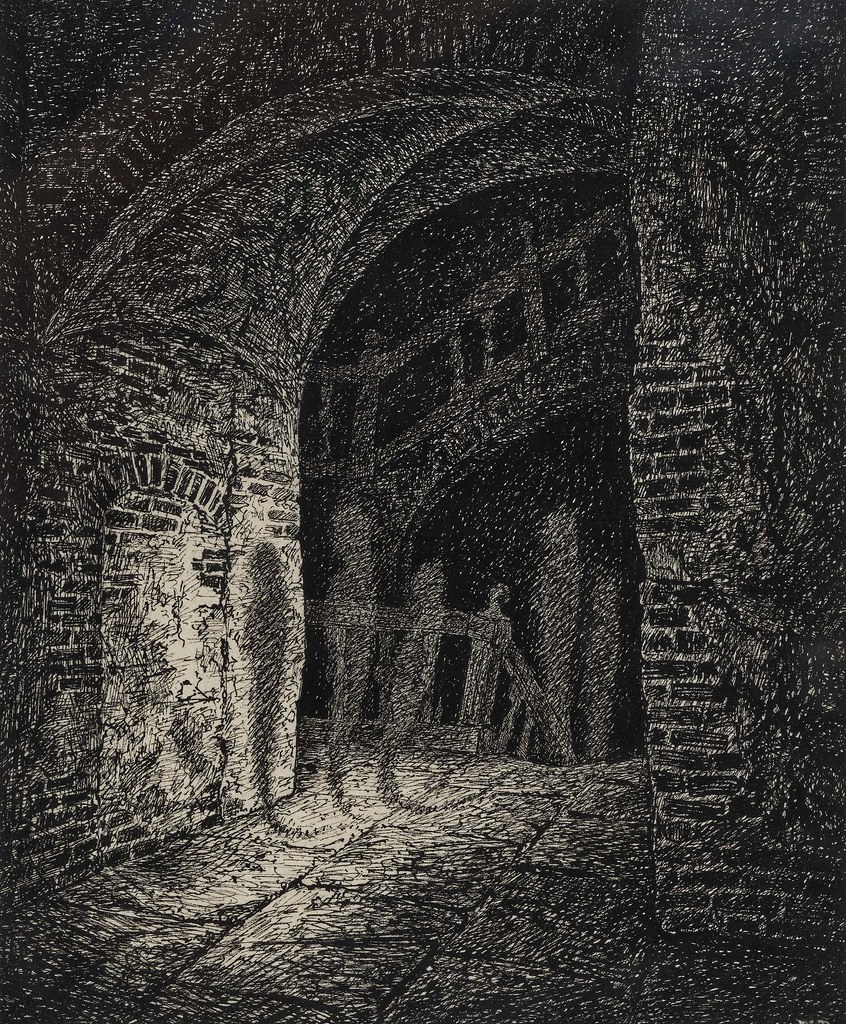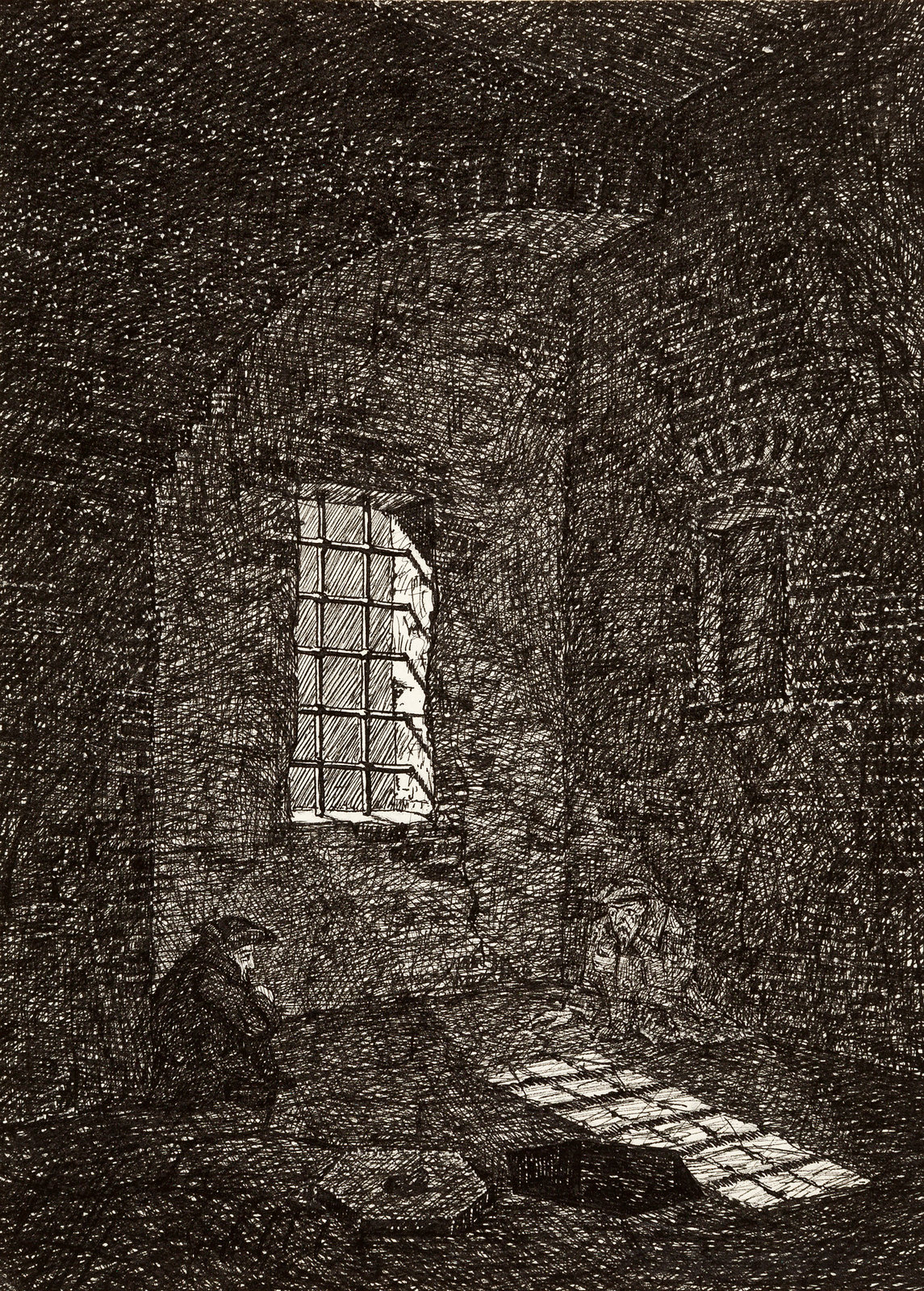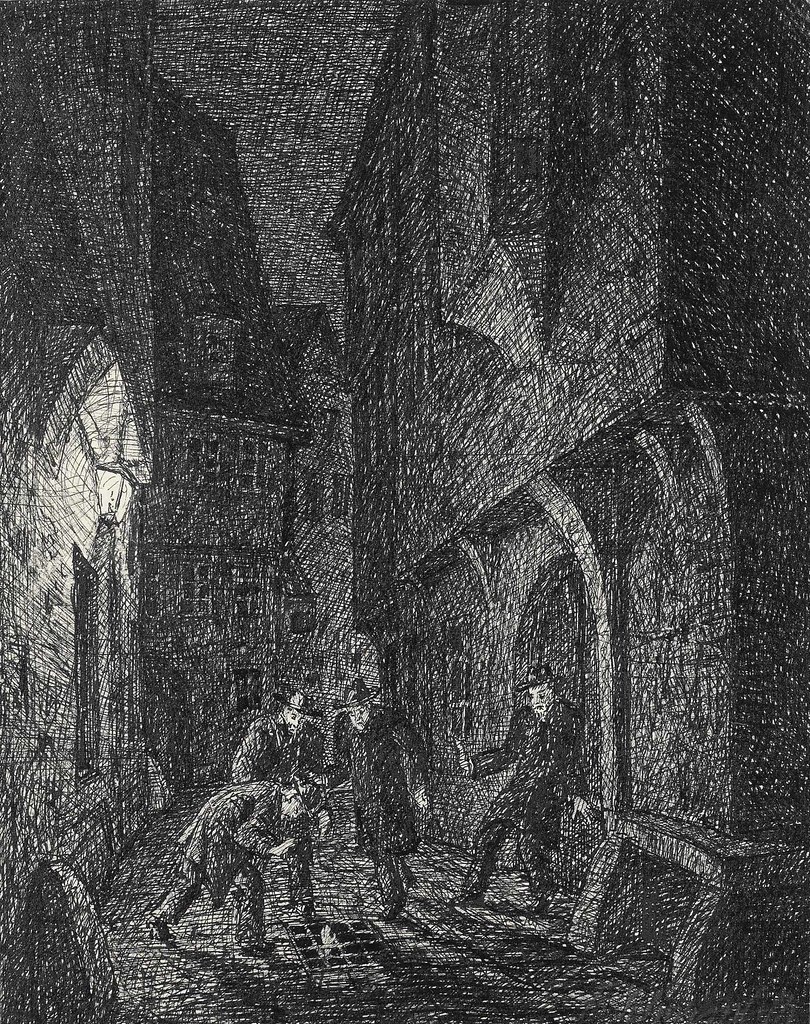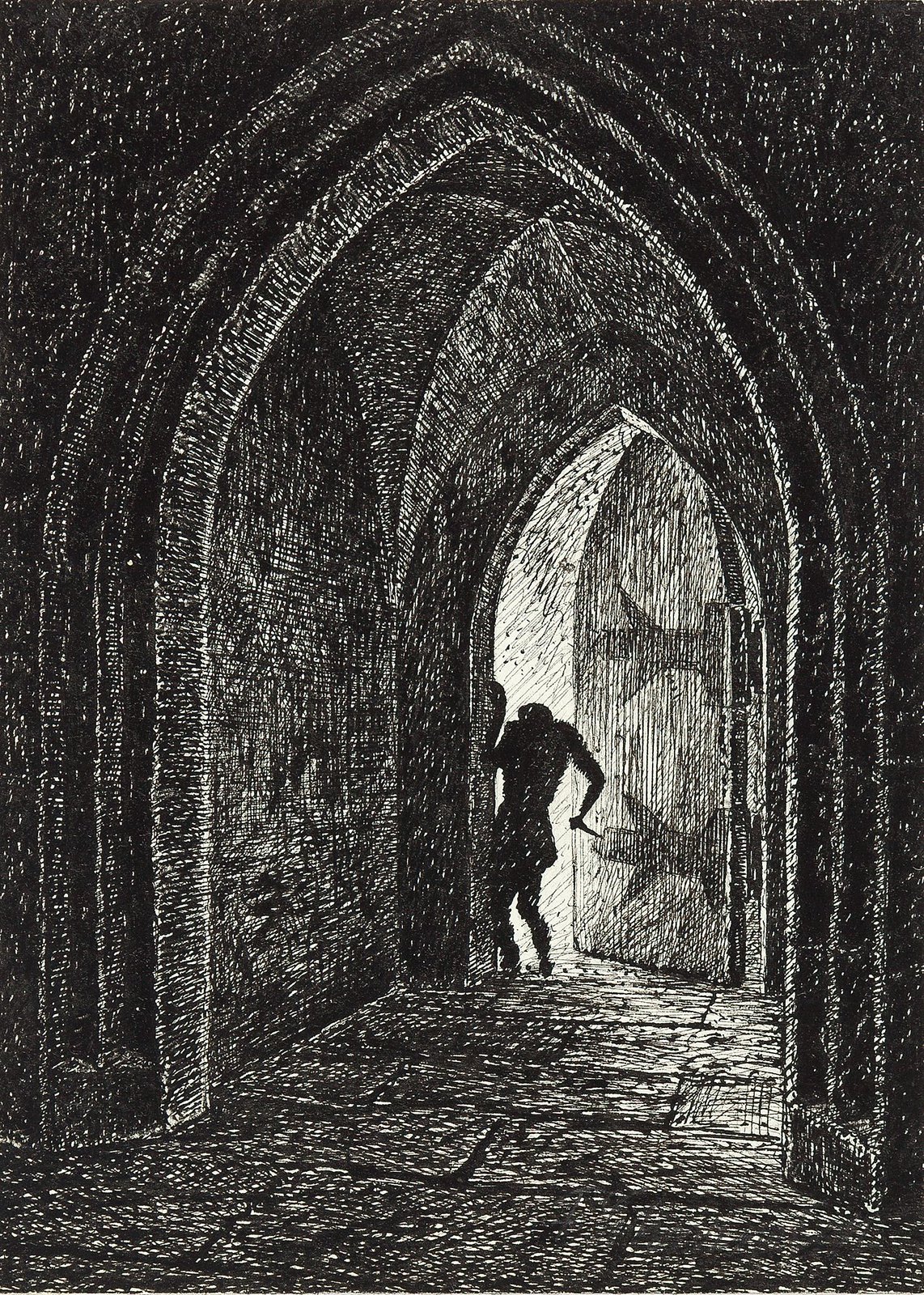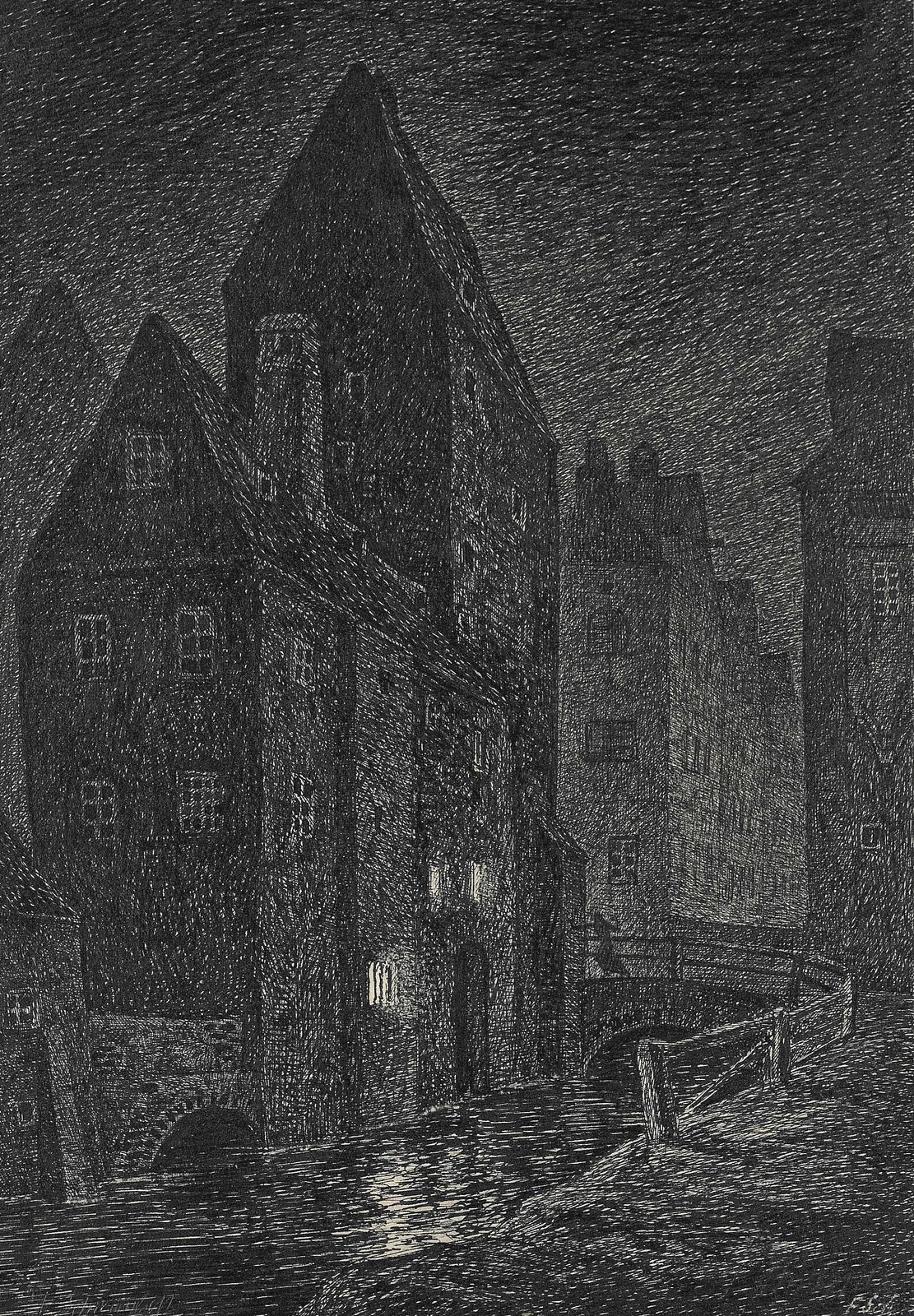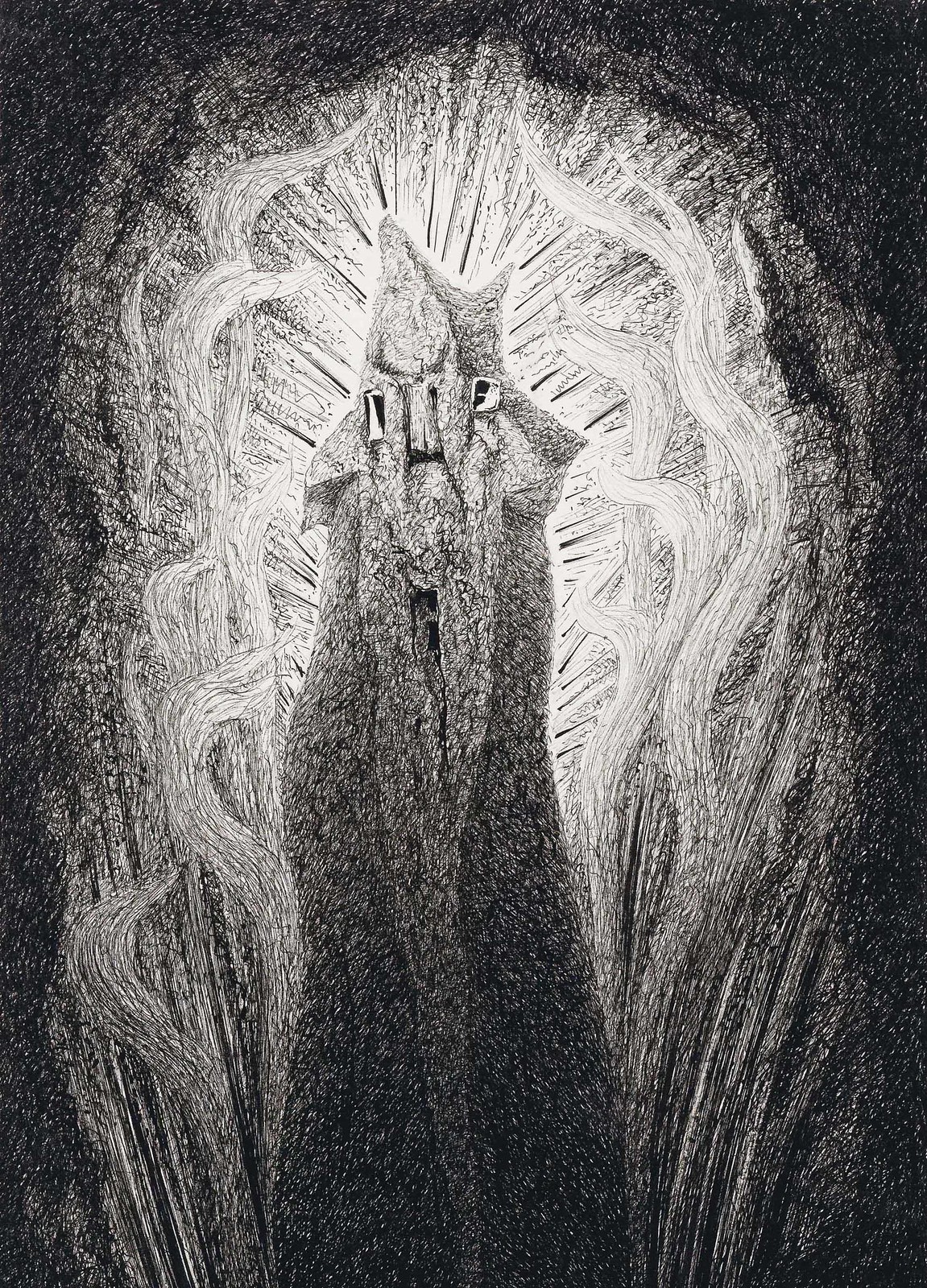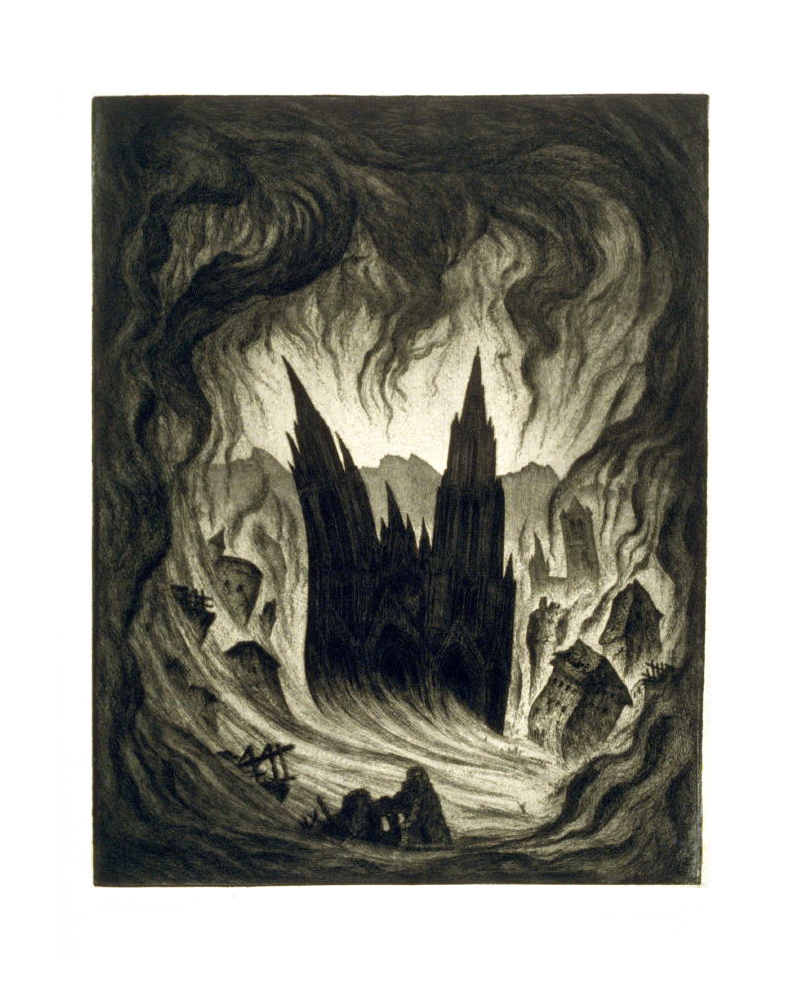
Since the publication of
Call of Cthulhu in 1981, the Mythos has proliferated into numerous other genres and roleplaying games, including the fantasy of
Dungeons & Dragons. For example, Wizards of the Coast published
Call of Cthulhu d20 in 2001, whilst
Realms of Crawling Chaos from Goblinoid Games explored the Mythos for the Old School Renaissance. More recently, Petersen Games presented the entities, races, gods, and spells of the Mythos for
Dungeons & Dragons, Fifth Edition, enabling the Dungeon Master to bring those elements of cosmic horror in her fantasy campaign. What though, about using
Dungeons & Dragons, Fifth Edition to run campaigns involving cosmic horror in the more modern periods normally associated with Lovecraftian investigative roleplaying—much like Wizards of the Coast did with
Call of Cthulhu d20? For that, there is
Whispers in the Dark from Saturday Morning Scenarios, also the publisher of
Harper’s Tale: A Forest Adventure Path for 5e, a campaign for
Dungeons & Dragons, Fifth Edition, suitable for a younger or family audience.
Whispers in the Dark is definitely not, being a horror setting in which stalwart Investigators confront the forces of the Mythos or ‘Yog-Sothothery’, and do not always succeed or come away unscathed—physically or mentally. The starting point is
Whispers in the Dark: Quickstart Rules for 5e.
Whispers in the Dark: Quickstart Rules for 5e requires the
Player’s Handbook to run and play. Other than that, it provides the Game Master with everything she needs to get started. This includes rules for Player Character generation, equipment, adjusted rules for damage, healing, resting, and lingering injuries, madness and sanity, a set of pre-generated Investigators, and a lengthy scenario set in 1875 in New Orleans. The setting is thus our world, but of course, one beset by cosmic threats from beyond and those that would foolishly entreat with them. Using the
Dungeons & Dragons, Fifth Edition mechanics means that Investigators in
Whispers in the Dark will look like their fantasy counterparts. However, there are differences. First, an Investigator does not have a Race in the traditional sense, since all Investigators are Human, or appear so. Instead they have an Ancestry, of which three are provided in
Whispers in the Dark: Quickstart Rules for 5e—Human, Human (Lengian), and Human (Deep Blooded), the latter two of which tie a Player Character into the Mythos itself. For example, an Investigator with the Human (Deep Blooded) Ancestry, has Darkvision, Deep Ancestry—which enables the Investigator to hold his breath for hours, Deep Connections—which potentially grants the Investigator Deep One contacts in any coastal town or city, and speaks Aklo, but is Monstrous, suffering a penalty to Persuasion checks. Instead of a Class, an Investigator has a Background, a profession or calling, such as Antiquarian or Hobo, which provide Skill, Tool, Weapon, and Saving Throw Proficiencies, and more. Feats such as Ardent Scholar, Gifted Healer, and Whimpering Minion add further colour and flavour to Investigators. Where in
Dungeons & Dragons, Fifth Edition a Player Character will gain new features as he acquires Levels, an Investigator can acquire new skills, languages, tools, weapons, feats, and so on. The maximum Level in
Whispers in the Dark: Quickstart Rules for 5e is tenth Level.
Henry Brinded
First Level Antiquarian
Medium Humanoid (Lengian)
Armor Class 11
Hit Points 5
Speed 30 ft.
Strength 08 (-1) Dexterity 13 (+1) Constitution 12 (+1)
Intelligence 16 (+3) Wisdom 10 (-0) Charisma 17 (+3)
Sanity: 18 (+)
Saving Throws: Charisma, Intelligence, (Advantage versus spells and other magical effects)
Skills: Arcana +5, History +5, Investigation +5, Persuasion +5, Sleight of Hand +3
Proficiencies: Arcana, History, Investigation, Persuasion, Sleight of Hand, Simple Weapons, Intelligence, Charisma
Languages: Egyptian Hieroglyphs, English, French, Greek, Latin, Leng
Savings: $1000
Income: $600/month
Equipment: A set of fine clothes, a notebook, several pencils, and collection of curiosities
Whispers in the Dark offers a number of options for making skill checks, including training being required in an Intelligence-based skill to avoid rolling at a Disadvantage, and always making the roll of one on a twenty-sided die, always a failure. These though are optional rules, whereas, there are plenty in
Whispers in the Dark which are not. These include making healing more realistic, so Short Rests at eight hours and Long Rests at seven consecutive days, during which an Investigator will be doing little except sleep and rest, will make most players reconsider rushing into action as they might once of have done in their
Dungeons & Dragons, Fifth Edition games. An Investigator reduced to zero Hit Points or less, must make Death Saves as per
Dungeons & Dragons, Fifth Edition, the Difficulty Class is twelve rather than ten, but the Investigator can be stabilised with a successful Medicine skill check—unlike in
Dungeons & Dragons, Fifth Edition where the Medicine skill is of little use given that a Cleric can cast healing magic, it assumes a much greater prominence in
Whispers in the Dark. In addition, if the Investigator does survive, his player will have to roll on the ‘Lingering Injuries Table’, which may mean, for example, that he has a ‘Lost Eye’ and so is at a permanent disadvantage on Wisdom (Perception) checks that rely on sight and on ranged weapon attacks.
The three omissions in
Whispers in the Dark: Quickstart Rules for 5e are that it does not do magic, though it hints at its nature in a word beset by Yog-Sothothery, and it does not include any Mythos creatures or entities and it does not list any Mythos tomes. This though is fine, it after all, being a quick-start rather than the full rules. It does include rules for Sanity and Madness, just as you would expect for a roleplaying game of Lovecraftian investigative horror. Every Investigator has a Sanity Score, equal to his Charisma plus Wisdom modifier. The resulting score provides a modifier just an Investigator’s primary abilities. This modifier is applied to all Sanity checks, which will be against a Difficulty Class set by the Game Master, triggered by discovering ‘Forbidden Knowledge’ in a Mythos tome, encountering ‘Unspeakable Horrors’, ‘Mind-Numbing Terror’, ‘Primal Fear’, and ‘Brushes With Death’, the latter being when an Investigator is reduced to zero Hit Points. Unlike other ability scores, an Investigator’s Sanity Score can fluctuate up and down—mostly down. There are two consequences to this. The first is that of course, an Investigator’s Sanity modifier can also fluctuate up and down—mostly down. The second is that a player will also need to track his Investigator’s Sanity Score as it fluctuates up and down.
When an Investigator does fail a Sanity check, the amount lost is always determined by a roll of a four-sided idea—and doubled if the Sanity check is a fumble. As is traditional in Lovecraftian investigative roleplaying, Sanity loss is a downward spiral, once an Investigator having lost Sanity, the harder it is to succeed at a Sanity check, so the greater the likelihood of losing Sanity, and so on and so on. Whilst Sanity loss spirals downward, the effect of the loss spirals upward. In addition to the point loss, the Investigator suffers a bout of Madness, for example the Investigator loses sight while his mind processes the weirdness before him (and is effectively blind for a Turn) or his stomach churns and rumbles as her body reacts to the unnatural scene before him (and is effectively Poisoned for a few Rounds). The first bout of Madness is termed a ‘transient episode’, which lasts until the end of the encounter that triggered the Madness, but if an Investigator loses Sanity whilst in this ‘transient episode’, the ‘transient episode’ escalates into ‘short-term episode’ and last until the Investigator has had a Short Rest. If the Investigator loses further Sanity whilst in this ‘short-term episode’ or loses half of his Sanity, the bout becomes a ‘long-term episode’, which requires weeks of downtime to recover. It is also possible to recover Sanity loss between adventures. Lastly, indefinite Madness occurs when an Investigator’s Sanity is reduced to a quarter of her maximum Sanity and that cannot be cured, short of a wish spell or divine intervention. Here then is another marked difference between
Whispers in the Dark and the archetypal roleplaying games of Lovecraftian investigative horror—the possibility of recovery from indefinite madness and the existence of the
Wish spell! Divine intervention is always possible—typically at the hands of Nyarlathotep—but at a cost.
Whispers in the Dark: Quickstart Rules for 5e comes with a beginning scenario, ‘The Crow Road’. Intended for Investigators of First and Second Level, this is set in and around the French Quarter in New Orleans in 1875 during the period of Reconstruction following the American Civil War. As the city suffers a rash of gruesome murders—murders which echo the Jack the Ripper kills in London a decade or so later—the Investigators are engaged to look into the deaths. Either because they come across one of the bodies after a night out in the French Quarter or because the local police consults them for their expertise with the outré. Built around combination of a number of timed encounters over the course of a few days and particular locations, this is not obviously an investigation into the Mythos
a la Lovecraft, but long-time devotees of the Mythos and
Call of Cthulhu will recognise the scenario’s links to the Mythos. ‘The Crow Road’ is an engaging scenario, nicely organised, especially the way in which the clues are arranged, and will take two or three sessions to complete. It will need a bit of careful preparation upon the part of the Game Master given its structure. The scenario is supported by a short guide to New Orleans and six pre-generated Investigators, all Second Level and all pleasingly detailed and encompassing a solid range of skills and backgrounds. Of course, players are free to create their own Investigators using the rules presented in
Whispers in the Dark: Quickstart Rules for 5e to play ‘The Crow Man’.
Throughout
Whispers in the Dark: Quickstart Rules for 5e there are notes for the Game Master. These do note the issues with H.P. Lovecraft, but in the main they highlight the differences between
Whispers in the Dark: Quickstart Rules for 5e and
Dungeons & Dragons, Fifth Edition. These being that there no dungeons or fantastical creatures, and violence has consequences in that it might land the Investigators in gaol. Instead, play relies on finding and interpreting clues, rather than on going toe-to-toe with the threats behind the mysteries inherent to the setting.
Physically,
Whispers in the Dark: Quickstart Rules for 5e is presented in full colour and engaging fashion. Many of the new rules presented in
Whispers in the Dark: Quickstart Rules for 5e are highlighted in red to make it easy for the Game Master to spot them. The artwork varies in quality though, and if ‘The Crow Road’ scenario is missing anything, it is a map of New Orleans.
Mechanically, the tone in
Whispers in the Dark: Quickstart Rules for 5e is very different to that of
Dungeons & Dragons, Fifth Edition. Fundamentally, Investigators are frail—mentally and physically—in comparison to the heroes of
Dungeons & Dragons, Fifth Edition. Play is radically shifted to investigation and interaction, the emphasis on combat greatly reduced. There is a sense of the
Whispers in the Dark setting being more fantastical than traditional Lovecraftian investigative horror in the mention of the
Wish spell, but that will have to wait until the full roleplaying game.
Whispers in the Dark: Quickstart Rules for 5e is a crossover title, designed to attract players of
Dungeons & Dragons, Fifth Edition into Lovecraftian investigative horror with its familiarity of mechanics. It is not though, a crossover title in the other direction. Players of
Call of Cthulhu or
Trail of Cthulhu are far less likely to use
Whispers in the Dark: Quickstart Rules for 5e as a stepping-stone into playing
Dungeons & Dragons, Fifth Edition. They might want to play ‘The Crowman’ because it is an investigative horror scenario and it is set during a period rarely visited in other Lovecraftian investigative horror roleplaying games. Another option would be to adapt ‘The Crowman’ to those Lovecraftian investigative horror roleplaying games, but the period setting of
Whispers in the Dark: Quickstart Rules for 5e suggests another possibility. It feels reminiscent of
Masque of the Red Death and Other Tales, the Gothic Earth setting published by TSR, Inc. for
Advanced Dungeons & Dragons, Second Edition in 1994. Perhaps it could be used in conjunction with that setting, especially with the forthcoming
Van Richten’s Guide to Ravenloft for
Dungeons & Dragons, Fifth Edition.
As an introduction to Lovecraftian investigative horror,
Whispers in the Dark: Quickstart Rules for 5e more than ably makes the shift over from
Dungeons & Dragons, Fifth Edition, making it easy for players of the world’s most popular roleplaying game to make that shift too. Players of other roleplaying games of Lovecraftian investigative horror may find the shift towards
Dungeons & Dragons, Fifth Edition a little more difficult to adjust to, but either way, the players of both games will find ‘The Crowman’ an entertaining and horrifying scenario, one which definitely deserves a sequel.

 Daughters of Darkness: The Mara Witch for Basic Era Games
Daughters of Darkness: The Mara Witch for Basic Era Games The Basic Witch: The Pumpkin Spice Witch Tradition
The Basic Witch: The Pumpkin Spice Witch Tradition
 The Witch for Swords & Wizardry Continual Light
The Witch for Swords & Wizardry Continual Light




![a lay of the Higher Law. Translated and annotated by ... F. B. [i.e. Frank Baker, pseudonym of Sir R. F. Burton; or rather, written by Sir R. F. Burton.]]](https://live.staticflickr.com/65535/50992970288_7cbf6e69ee_h.jpg)


















